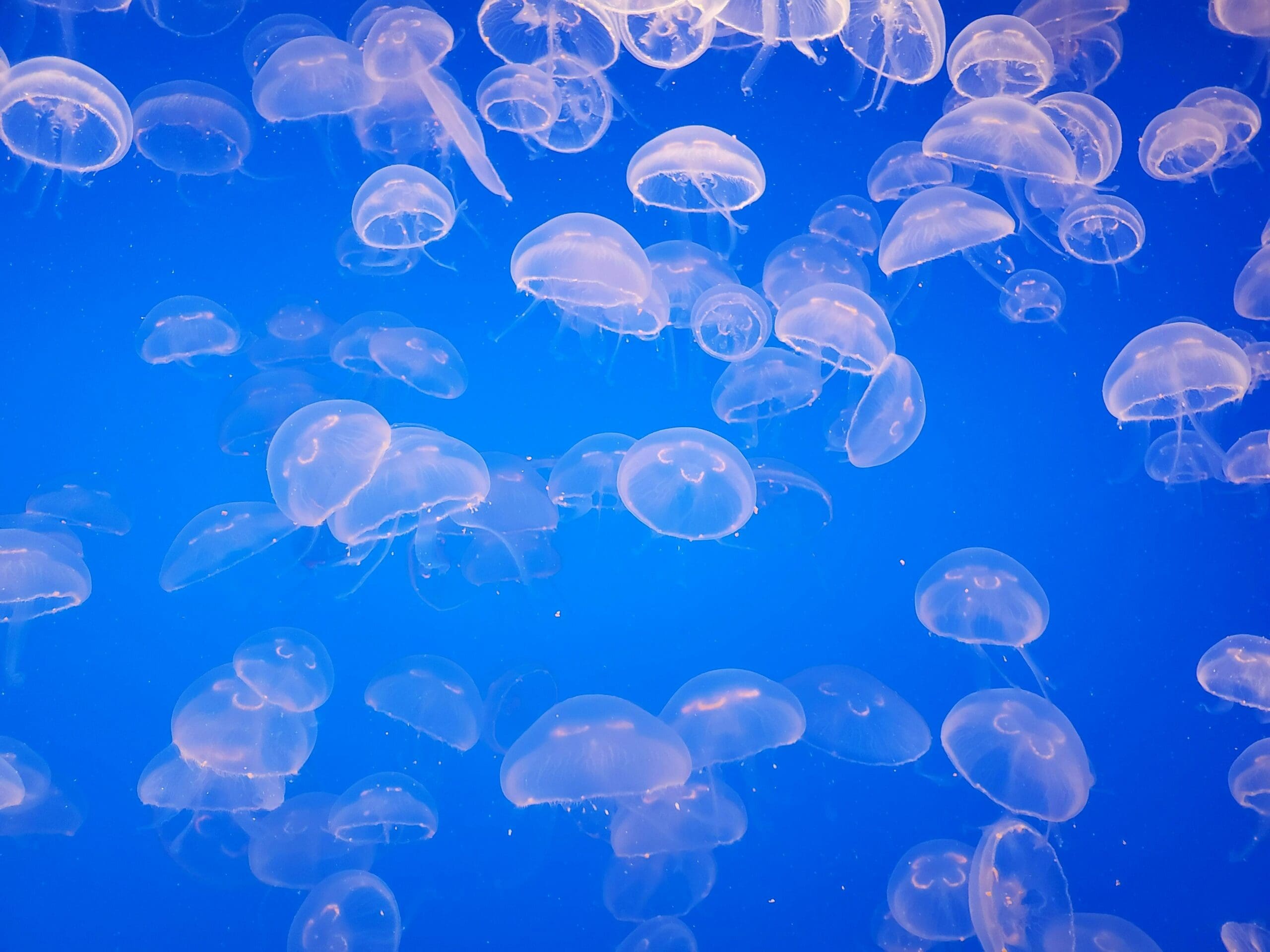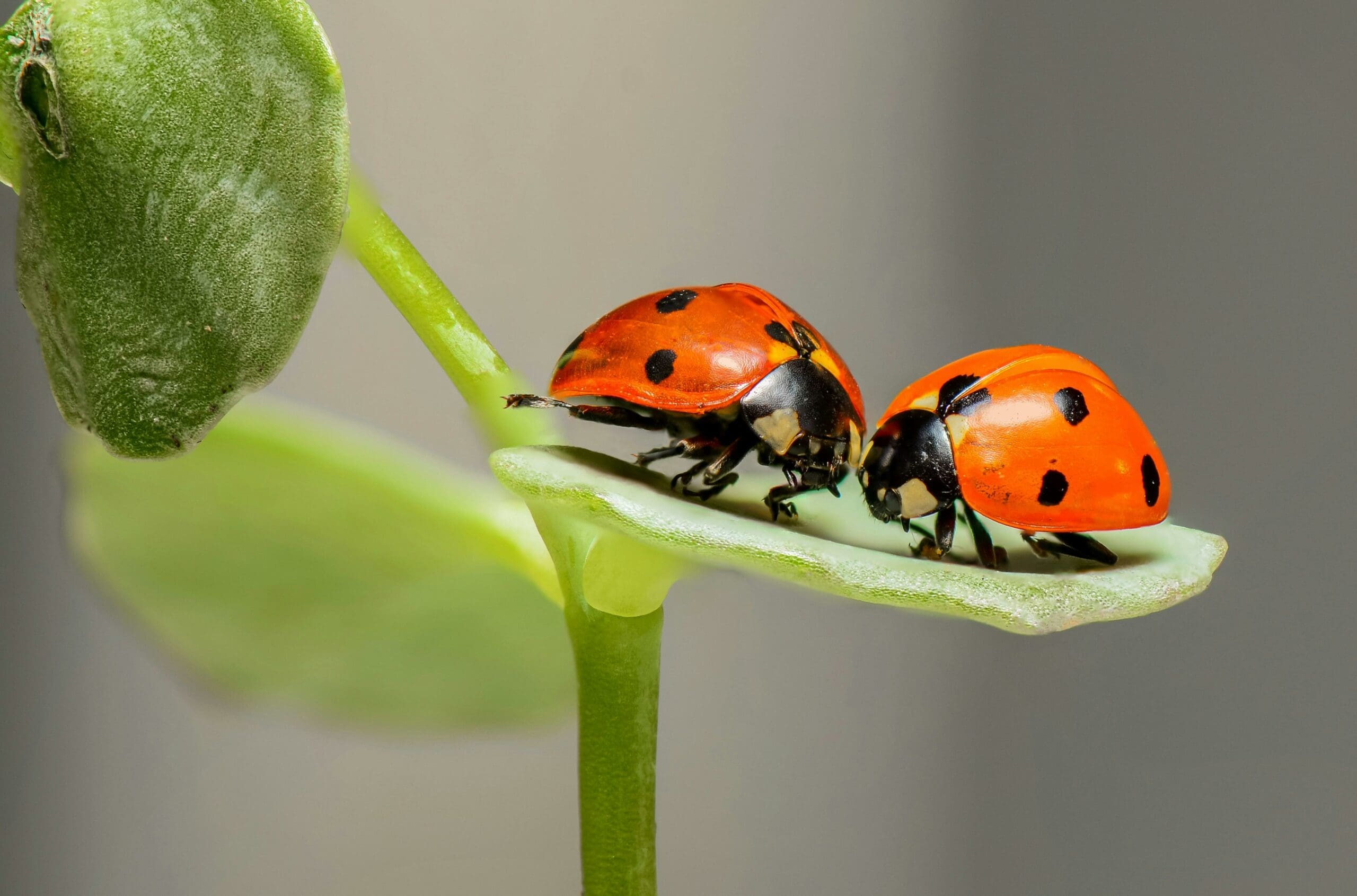
Invertebrates Facts for Kids – 5 Interesting Facts about Invertebrates
Table of Contents
How life will look like if we didn’t have backbones?! Let’s discover five interesting invertebrates facts for kids.
Invertebrates Facts for Kids Fact Number 1: Invertebrates Don’t Have a Backbone
The backbone, like the human spine, is a column of bones made up of bones called vertebrae. Animals with a backbone are called vertebrates and animals without a backbone are called invertebrates. Only 3% of animals on the planet have bones so most animals are invertebrates.

Invertebrates Facts for Kids Fact Number 2: The Largest Invertebrate in The World Is The Colossal Squid
The largest Colossal Squid ever measured was45 feet long, that is the same length as seven beds all lined up. That’s a very big invertebrate. The Colossal Squid also lives in the deep ocean at depths of over 1000 metres down. Seeing a Colossal Squid is very rare and that’s why scientists can tell us very little about them. We do know that they have the largest eyes in the animal kingdom with eyes that are around 25cm wide, which is almost as big as a ruler.

Invertebrates Facts for Kids Fact Number 3: The Smallest Invertebrates in The World Are Rotifers
Rotifers are a group of tiny invertebrates that live in the ponds and puddles. Rotifers are so tiny that they can’t be seen by the naked eye. They are about 200 to 500 micrometres long, that means it would take 20 of them lined up in a row to measure a single centimetre. Some types of rotifers live in herds like cows do.
Invertebrates Facts for Kids Fact Number 4: Most Invertebrates Live in The Oceans
Invertebrates are well suited to living in the ocean as their lightweight body has no bones to weigh them down and they can float easier. The best known examples of invertebrates live in the ocean such as jellyfish, squid, and sea cucumbers. They are all soft bodied and look like invertebrates. Some invertebrates have hardened exteriors which help prevent them being injured by predators. They still have no bones but instead have an exoskeleton on the outside of their body. Some examples of invertebrates with shells are crabs, prawns, and sea urchins. Sea urchins even have spikes on their shells to protect them.
There are some invertebrates which live on land such as spiders, bees, worms, and slugs.

Invertebrates Facts for Kids Fact Number 5: Invertebrates Are Important to The Environment
Invertebrates such as bees and wasps help pollinate flowers which is essential to the food chain. Spiders, ladybugs, and beetles can eat pests that damage the plants in your garden, which is great for gardeners that grow their own fruit and vegetables. Marine invertebrates can even tell us about the quality of the water as we can watch patterns in their behaviour, how clever!



Leave a Reply